Wine Enthusiast |
- Winemakers Collaborate With Weed Growers on New Cannabis Appellation Systems
- A Guide to the Wines of Languedoc and Roussillon
- Wine Tourism Roars Back in Napa and Sonoma
| Winemakers Collaborate With Weed Growers on New Cannabis Appellation Systems Posted: 14 Jun 2021 05:00 AM PDT  In September, California Governor Gavin Newsom signed Senate Bill 67 into law, which set the stage for the California Department of Food and Agriculture's (CDFA) Cannabis Appellations Program. Once the program begins to accept petitions, it will establish the world's first cannabis appellations. It's a whirlwind of change for an industry that, until just a few years ago, was mostly illegal in the United States. In the eyes of the federal government, Cannabis is still a Schedule I narcotic, the same category as LSD and ecstasy . But for cannabis growers in California, creating appellations has been a dream. Ask any grower in Northern California's Emerald Triangle, composed of Mendocino, Humboldt and Trinity counties and other mostly rural cannabis-producing areas in its vicinity, and they'll claim that their cannabis is special. It's from somewhere, and that's what makes it unique. Bridging the GapUntil recently, it's been mostly cannabis enthusiasts dealing in hearsay as to what factors make the best product. But thanks to an intrepid group of growers and an unlikely ally, California's wine industry, a process to identify quality cannabis according to where it's grown is finally being formalized. The wine industry became involved about three years ago, says Rex Stults, vice president of industry relations for the Napa Valley Vintners (NVV) association. "It was all done by shuttle diplomacy," he says. "It was a connection facilitated by our lawyer to Genine Coleman, director of the Origins Council, and myself." It's next to impossible to discuss cannabis appellations without Coleman's name popping up. She founded the Origins Council, a nonprofit education, research and advocacy organization dedicated to driving sustainable rural economic development within cannabis-producing regions. Coleman cultivated cannabis for more than 20 years before she moved into patient and policy advocacy, her focus for the past seven years. Origins Council is also the ring leader of the project to develop appellations. Stults says he meets with Coleman about four times a year to provide updates. He explains that NVV had three specific goals. First, the American Viticultural Area (AVA) system and the Alcohol Tobacco Tax & Trade Bureau (TTB) wanted to make sure any cannabis appellation system doesn't diminish wine's appellation system. "We don't want it to take away from what has worked in the wine industry," says Stults. Second, NVV had concerns about "what was going on and how it might impact the Napa Valley name," he says.
The group had been hostile to cannabis cultivation within Napa Valley. It maintained that key factors of cannabis cultivation, like security alarms and bright lights at night, harm the region's lucrative tourist industry. An appellation can bridge such gaps through regulations. Although NVV still opposes cultivation within Napa County, it wants any formal cannabis appellation to provide a strong structure. "Our belief is that if there is going to be an appellation system, it should be robust and meaningful," says Stults. "Any appellation system that is not robust and meaningful takes away from all appellations systems. We didn't want that to happen, so, moving forward, we wanted to offer our input and experience from working within the AVA system since 1981 to help them." Richard Mendelson, a key architect of the AVA system, agrees. Mendelson, who lives in Napa and produces wine from his small vineyard, was the attorney behind the petition to create the 16 AVAs within Napa Valley. He has handled legal matters that touch nearly every corner of the wine business. He also heads the Wine Law & Policy Program at University of California, Berkeley. "It is true that I spent a large part of my career working on the American wine appellation system, particularly in Napa, but elsewhere, as well, establishing AVAs for various petitioners," says Mendelson. One of the courses he teaches is Protecting Products of Place: The Law of Geographic Indications (GI). "GI is kind of the umbrella term for all kinds of appellations, not just wine or cannabis, but any product from agricultural products to textiles to handicrafts—you name it," he says. Mendelson is often approached by people who seek to create appellations systems for other products. "That's how the cannabis industry introduction came into place," he says. "Growers, yes, but the primary interest to me is legacy growers, like the organization Genine represents." In the cannabis industry, "legacy" is considered a compassionate and accurate term for those who grew and distributed the product before it became legal. Mendelson concedes he "didn't know much about cannabis" before he began to advise on it. He provides consultation for both growers and government officials who wanted to know how to set up a regulatory system. "Do you regulate it through the Department of Alcoholic Beverage control? Do you use the same tied-houses and distribution systems and pricing controls and taxation, all the same trade practices and issues?" he says were all questions being bandied about. Appellations were definitely on the table during those early consulting days, Mendelson says. "From the get-go, we identified appellations as something that would be relevant for cannabis as a specialty product," he says. "One in which the cultivators believed, just like winegrowers do, that different products and cultivars grown in different locations have different product characteristics. "That is the essence, really, of what an appellation system is: where the product can express the terroir of the area." Defining TerroirMendelson says that he began to believe in cannabis appellations when he saw how cultivators could identify "a product origin just by tasting, seeing or smelling it in the way that André Tchelistcheff can with wine. When that happens, there's an expertise there." He initially questioned whether cannabis, as an annual plant, could express terroir. "Absolutely," says Coleman. "Cannabis cultivars from, say, Big Sur, have specific genetics that work with a cooler, wetter climate, for example. The bud structure is more open, which allows it to perform better in a coastal region." Cannabis can be grown outdoors, indoors or a mixture of both. A grower may choose based on historic and location-specific cultural practices, like those that deter wildlife and law enforcement; and regional cultivars, which can reflect factors like different soil and compost compositions, humidity and pH balance.  "A lot of different factors went into defining what an appellation is," says Mike Benziger, a legendary Sonoma county vintner and, in recent years, cannabis cultivator. "In a lot of cases, it goes beyond just the soil, the environment. It includes farming techniques and some political things, as well." Rather than focus on politics, he says that many cannabis cultivators in California like himself were "a little bit more" concerned with soil, climate and the environment that contributes to the plant's health. Benziger says that it's crucial that farming techniques like biodynamic and organic practices were included in the strictures. "The job of that type of farming is to make a plant more sensitive," he says. When you farm with minimal inputs, the plant can become woven into the environment. "We're behind, the cannabis business," says Benziger. "But we can catch up because we're on an annual schedule, not years, like with wine, [where] you have to make the wine, age the wine. So we can move quickly in identifying different attributes we want in a plant that reflects the location it was grown in." Tweaks can be made easily from year-to-year, he says. The various grower councils and organizations in Northern California, which lead the appellations charge, envision cannabis being bought and sold internationally one day. This region of California is a historic home of cannabis cultivation in the United States, so it's easy to see why it needs to be protected. Bumps in the RoadAlready, smaller growers in the Emerald Triangle and the surrounding areas are losing a foothold in the market. Many are legacy growers that cannot afford the exorbitant permitting fees and taxes mandated by Proposition 64, which legalized adult-use cannabis cultivation and distribution in 2016. As a result, many have left the business or grow without a license. Larger companies with deeper pockets have taken their place. Many of them utilize indoor growing facilities, which are explicitly disqualifying in the CDFA Cannabis Appellations Program. An appellations system could, then, give those smaller businesses a leg up. It would honor their history, heritage and the places they come from while placing a distinct value marker on the sun-grown cannabis that is produced there. That a successful appellations project hinges on producing high-quality products only makes it more attractive to growers and consumers alike. While petitions were supposed to begin to be collected as of January 1, the pandemic slowed everything down. The Origins Council, NVV and others are still meeting and finalizing plans. They expect the CFDA will begin to receive petitions this summer, and appellations will finally be formed. In particular, Coleman says that, based on terroir, she thinks smaller appellations will be created within county lines. "The naming of the appellation will be tied to the specific boundaries of the appellation, so somehow tied into the history and identity of the region, such as Salmon Creek, following a watershed that is a part of the boundary, for example. Or the historic name that correlates to the geographic boundaries," she says, giving a preview of what is likely to come. As for cannabis growers' new friends in the wine biz? They're excited to be on board. Stults, from NVV, says there was skepticism about cannabis growers at the beginning. Now, they have become friends. "We are freely sharing perspectives and information now, we talk a lot," says Stults. "We realized over the last year that we both want these systems to be successful and meaningful. And, you know, the word is that it might become the model for the country." |
| A Guide to the Wines of Languedoc and Roussillon Posted: 14 Jun 2021 04:30 AM PDT  The regions of Languedoc and Roussillon are coastal Mediterranean swaths in the South of France, stretching from Provence to the Pyrenees at the Spanish border. On a map, the area doesn't appear formidable, yet one in every three appellation-designated French wines are produced here. These independent provinces were coupled into an administrative region called Languedoc-Roussillon to streamline management of politics and economies in 1982. In 2016, they joined the Midi-Pyrénées to become a larger region called Occitanie. Despite the administrative affiliation, the history, culture and wines of Languedoc and Roussillon evolved on separate tracks. Long considered a hub for value wines, Languedoc and Roussillon's reputations have significantly improved in recent years. New talent attracted to lower land prices has helped fuel the area's revival.  OverviewIn 2019, the two regions produced 313 million gallons of wine, according to statistics provided by the Conseil Interprofessionnel des Vins du Languedoc (CIVL) and the Conseil Interprofessionnel des Vins du Roussillon (CIVR). Languedoc produces 90% of the wine in their combined area, and Roussillon claims the other 10%. Winemaking parallels can be drawn to the New World, where creativity and experimentation with grapes and styles thrive. "The situation has changed on nearly every level: quality, innovation, distribution, marketing, sustainability" says Caryl Panman, co-owner and -manager of Château Rives-Blanques in Languedoc, of the regions' revivals. Panman points to an influx of ambitious "neo-vignerons" looking for affordable land and winemaking opportunities in this "El Dorado of wine." Plus, some local growers are "thinking big," adds Jan Panman, Château Rives-Blanques' co-owner and -manager. Many are leaving behind cooperatives and negociants to bottle their own wines. 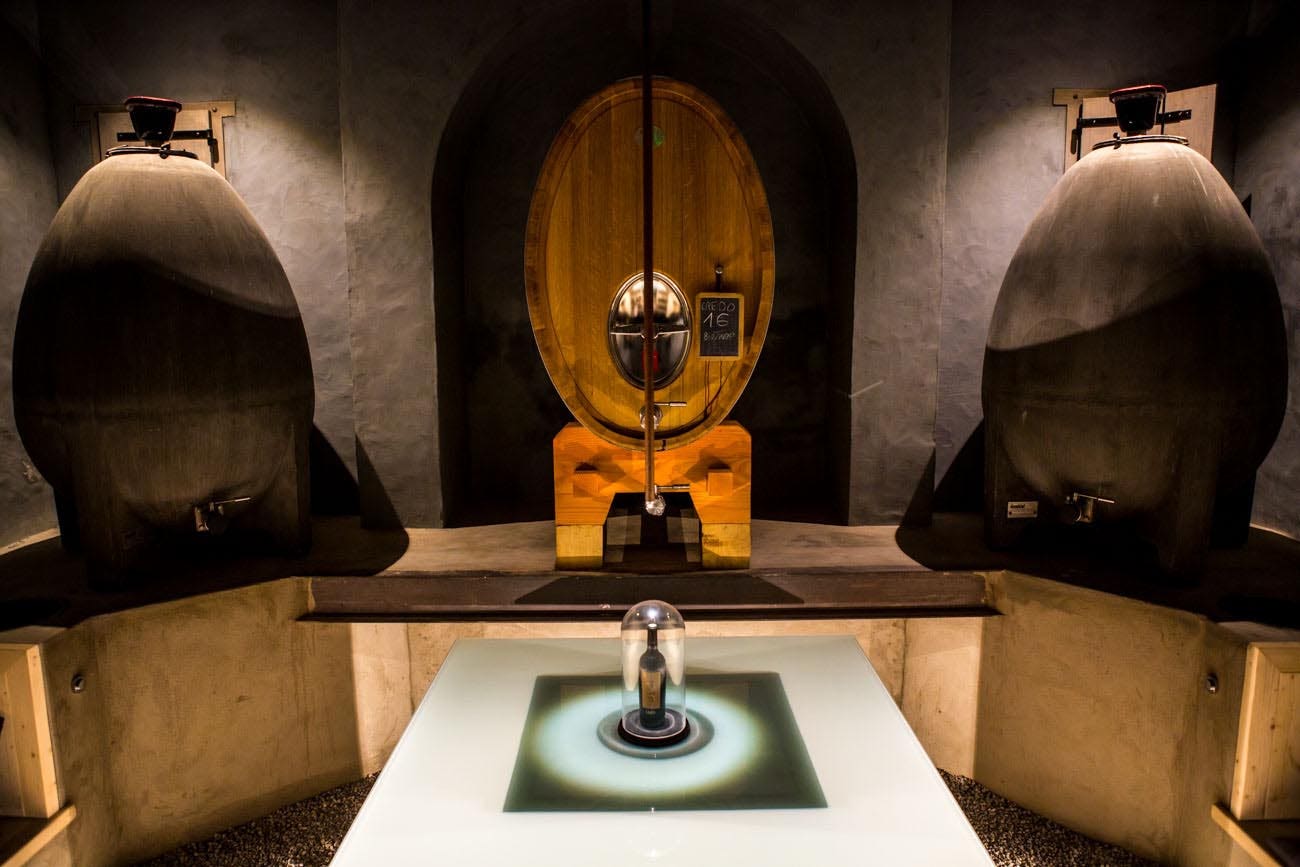 Emmanuel Cazes, wine ambassador at Maison Cazes in Rivesaltes, calls Roussillon the "land of new opportunities." Roussillon, once a major producer of sweet wines and high-crop, carbonic-macerated Carignan, suffered a decline in sales in the 1990s. This forced producers to reflect and innovate. "We have several assets to help us move into premium wines: low crop, old vines, a hot and dry climate, terroir diversity," says Cazes. "It was just a matter of finding inspiration and energy with a new generation of producers." These forward-thinking producers embrace Roussillon's native varieties like Grenache Blanc, Grenache Gris and Grenache Noir. Languedoc has around 33% of France's organic vineyards and makes up about 10% of them in the world. For example, from 2017 to 2020, more than 27% of the vineyards of Occitanie converted to organic practices. The Appellations of LanguedocLanguedoc produces an array of red blends, though producers also craft rosés and white wines plus traditional method sparklers. Languedoc has 23 Appellations d'Origine Contrôlée or Protégée (AOCs/AOPs), covering about 16% of production. Wines that don't fit into this quality tier may be classified as Indication Géographique Protégée (IGP) selections. Regional appellation Languedoc AOC forms the base of the classification system. This broad category covers red, white and rosé wines. Producers that use this designation may blend wine made with grapes from both Languedoc and Roussillon. Within that frame, there are 10 subappellations. Important appellations include Minervois, which produces red, white and rosé wines; Corbières (red, white, rosé); Picpoul de Pinet (white); Terrasses du Larzac (red); Pic Saint Loup (red, rosé); and Saint-Chinian (red, white, rosé). There are 5 commune or village appellations: Minervois-La-Livinière, Corbieres Boutenac and La Clape, Faugères and Fitou. There are 4 sweet wine appellations. The best-known is Muscat de Frontignan. There are 3 sparkling wine appellations, all in Limoux: Blanquette de Limoux, Crémant de Limoux and Blanquette de Limoux Méthode Ancestrale. There are also regional and subregional designations, historic and heritage site appellations. Three additional IGP designations catch the rest: Aude, Gard and Pays d'Hérault. 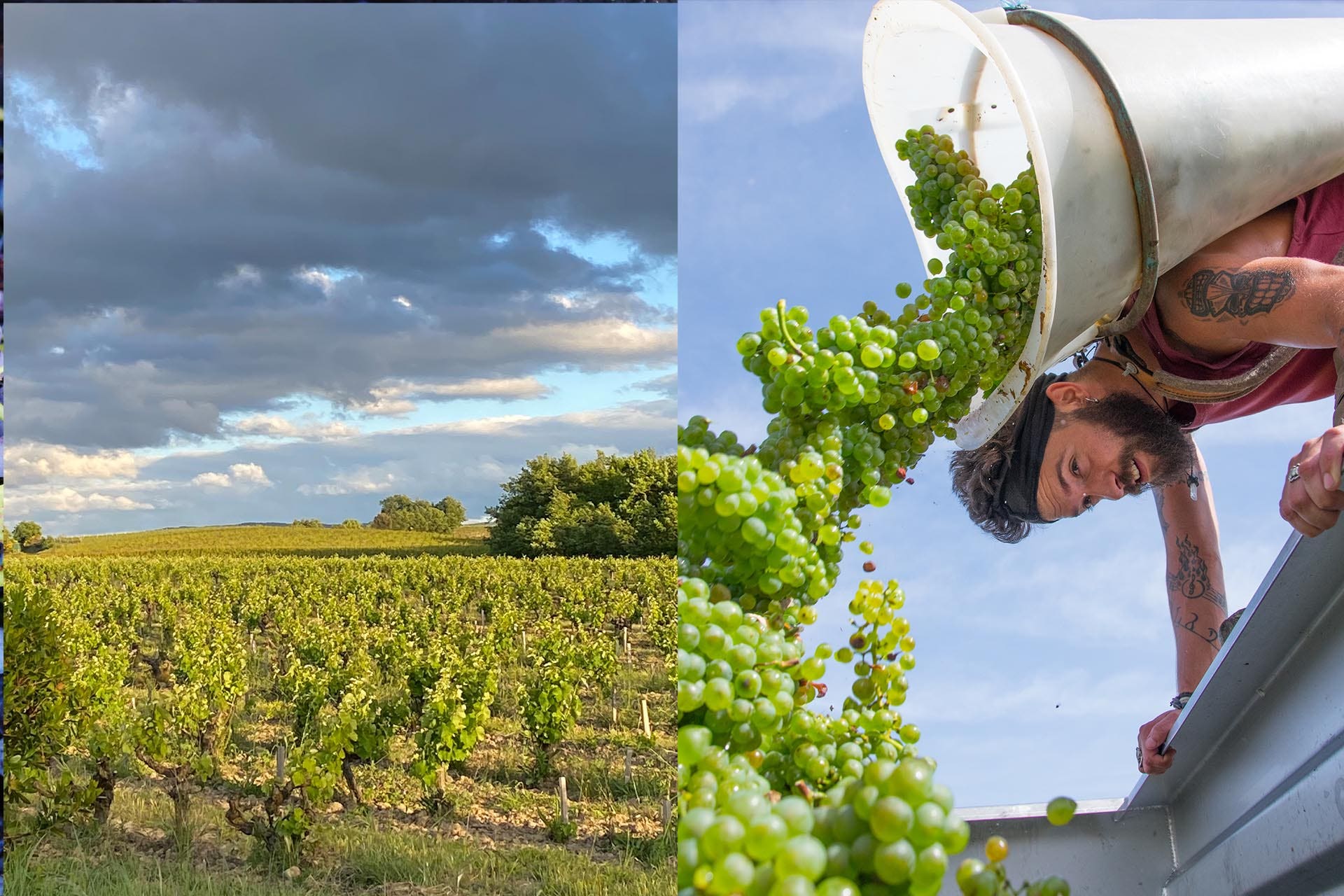 Known primarily for sturdy, concentrated reds, Minvervois is one of Languedoc's most well-known appellations. Rugged terrain pushes into the foothills of the garrigue-covered Montagne Noire. The landscape of Corbières is even more dramatic, with mountains and valleys that stretch to the Mediterranean. Fitou, which comprises two slivers of land in Corbières, was Languedoc's first appellation and founded in 1948. Both appellations focus on red blends and rosé. For traditional method sparkling wine, Limoux rules, whether it's Blanquette from the local white grape Mauzac, or Crémant de Limoux based on Chardonnay, Chenin Blanc and Pinot Noir. Terrasses du Larzac, founded in 2014, shows promise. Syrah thrives in Pic Saint-Loup, a northern appellation in the foothills of the Cévennes. Saint-Chinian and Faugères have rocky sites at dizzying elevations. Clairette du Languedoc and Picpoul de Pinet specifically produce crisp, fresh white wines. The Appellations of RoussillonRoussillon forms an amphitheater facing the sea. Surrounded by three massifs and cut by three rivers, its terroir varies wildly. There are 14 AOPs that allow producers to grow 24 grape varieties, as well as two IGPs. Much of the appellation system reflects Roussillon's history of sweet wines. Still today, Roussillon makes 80% of France's vin doux naturels (VDNs). These fortified sweet wines retain their natural sugars after fermentation is stopped by the addition of a spirit. The five AOP VDNs are Rivesaltes, Maury, Banyuls, Banyuls Grand Cru, and Muscat de Rivesaltes. Since the 14th century, winemakers have cultivated Grenache to use in red, white or rosé wines, plus Muscat. Grand Cru Banyuls, considered the finest expression of the style, is only made in good years. Roussillon's dry wines have increased their prominence. Export markets now demand them, which helps offset a drop in VDN consumption. The broadest dry wine appellation is Côtes du Roussillon, the base level for red wines made largely from old-vine Carignan, Grenache, Syrah, Mourvèdre and occasionally Cinsault. Côtes du Roussillon Villages produces red wines exclusively that tend to be of higher quality due to lower yields. Maury Sec, Collioure, communal Côtes du Roussillon Villages (Caramany, Latour de France, Lesquerde, Tautavel) and Côtes du Roussillon Villages Les Aspres produce ageworthy wines at great value. Winemakers here prioritize terroir over international trends. In Agly Valley near Maury, known for its black schist soil, a natural wine scene has developed around the deeply flavored, mineral-driven reds and whites. They are sold as Côtes Catalanes IGP. HistoryViticulture has been a staple of southern France for thousands of years. The Greeks and Phoenicians brought vines to the area around the 6th Century B.C.E. The Romans later grew the industry, forever intertwining wine with the local economy. Expansion of viticulture continued after the completion of the Canal du Midi, which connected the Atlantic to the Mediterranean, in 1681. The arrival of the French railway system in 1868 further boosted the region's fortunes.  Like elsewhere, Languedoc and Roussillon suffered from phylloxera in the late 1800s. The 20th century saw winemaking dominated by local co-operatives, while overplanting created conditions for the notorious wine-lake surplus and depressed prices. By the 1970s, a vine-pulling scheme paid farmers to rip out less-suitable vineyards to focus production on favored sites. While Languedoc is tied deeply to France, Roussillon retains its connection to Catalonia, an autonomous community in Spain's northeast. Roussillon's denizens share a common language and political past that dates to the Crown of Aragon in the Middle Ages. For hundreds of years, both countries claimed governance over Roussillon until Spain ceded it to France in 1659. Today, Roussillon's customs, culture and food, including grapes and styles of wine produced, retain their Catalonian connection. Street signs in the capital city of Perpignan reference both languages. Soils and ClimateLanguedoc and Roussillon have warm, dry Mediterranean climates defined by hot summers and mild temperatures throughout the rest of the year. Heat and sun might otherwise overripen grapes, but top vineyard sites stay cool thanks to their elevation and coastal breezes from the Atlantic and/or Mediterranean. Soils testify to ancient geological chaos with varied, complex layers that rarely repeat. Everything from clay and limestone to schist, granite, marls and sandstone can be found. Many of the regions' top wines come from the rocky soils of mountain foothills. GrapesLanguedoc and Roussillon embrace native varieties like Grenache, Syrah, Mourvèdre, Carignan and Cinsault. Flavors capture the rampant garrigue that grows throughout both regions. Styles range from bold, concentrated and chewy to light and pretty, depending on the producer and mix of grapes used. In Roussillon, all three colors of Grenache have a foothold: Grenache Noir for reds and its lighter-skinned counterparts Gris and Blanc for whites.  Languedoc's winemakers grow Grenache Blanc, Bourboulenc, Picpoul, Roussanne, Marsanne, Vermentino and Viognier to use in dry white wines. Muscat is the most important grape for VDNs, especially Muscat de Frontignan. Some 20% of Languedoc's wine production is in white wines. They have also prospered during global rosé mania. Languedoc accounts for 34% of France's pink wine, and approximately 11% of rosé production worldwide. Miren de Lorgeril, president of the CIVL and winemaker at Maison Lorgeril, says the wines of Languedoc have "evolved in a very positive way…this evolution is reflected not only in the success of the Languedoc appellation, particularly its rosé, but also in the diversity of appellations." Languedoc embodies the new French wine scene, de Lorgeril says, one that's "dynamic and rebellious, whose objective is to shake up a wine world that is a little too wise and cerebral." |
| Wine Tourism Roars Back in Napa and Sonoma Posted: 14 Jun 2021 04:00 AM PDT  After more than a year of shutdowns, reopenings, reclosings, fires, smoke and surging e-commerce and Zoom tastings, Napa and Sonoma wineries are seeing visitors come back to taste in person. Thus far, arrivals have exceeded many locals' most optimistic expectations. "We are seeing a strong return to travel," says Todd O'Leary, vice president of marketing and communications for Sonoma County Tourism. "There's been a huge pent-up demand for it, and now that consumers are getting vaccinated, they are booking travel now and/or into the future. "We're definitely seeing our fans spending time here, but we're also welcoming new first-time visitors, as wine country is oftentimes a bucket list destination," he says. 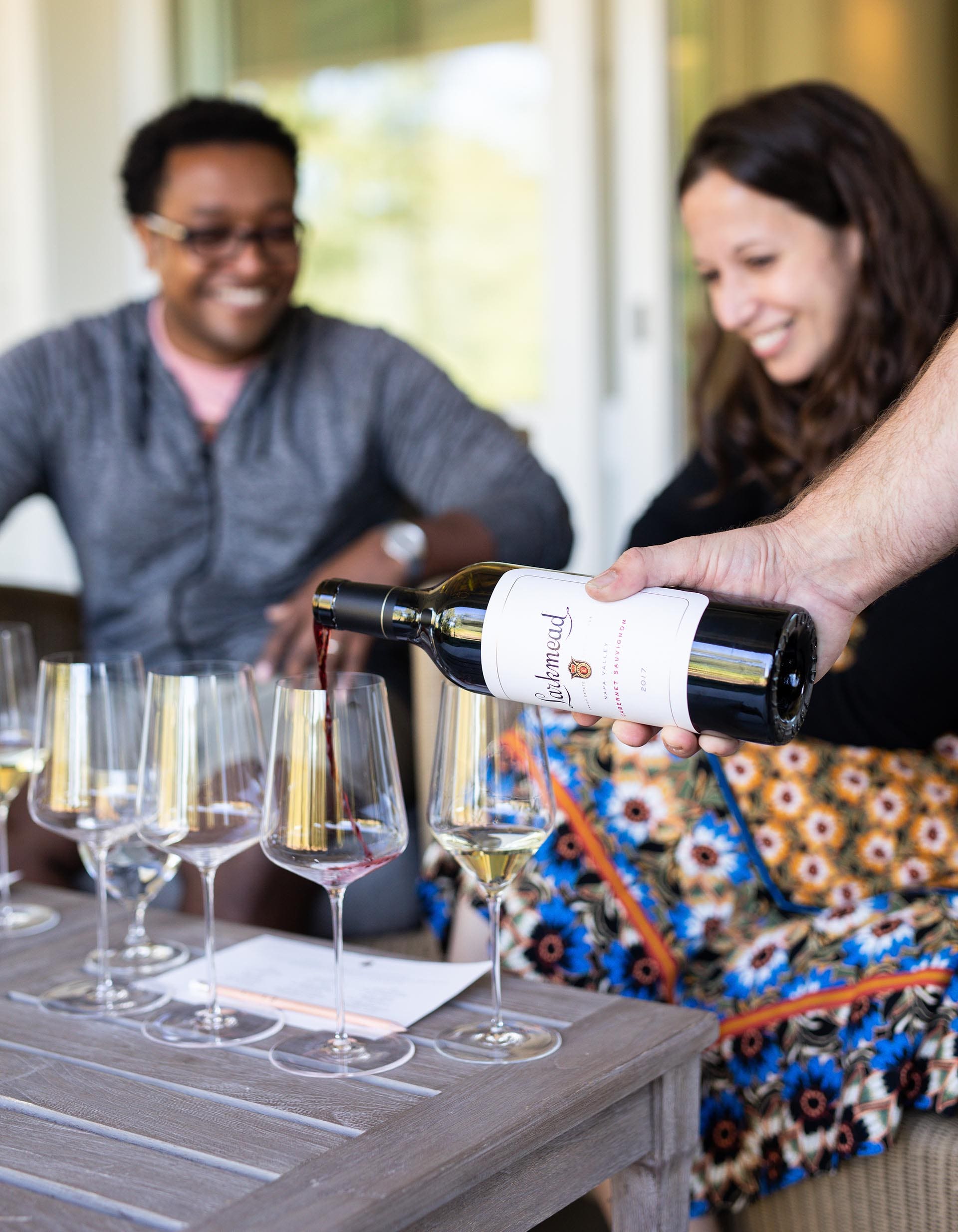 According to hotel occupancy statistics from Smith Travel Research, lodging demand in the Napa Valley in 2021 is reapproaching 2019 levels. On many Friday and Saturday nights, hotels near 90% occupancy, while midweek occupancy rates are now close to 50%. "Anecdotally, we're also hearing that wineries and restaurants in Napa Valley are booked to capacity on most weekends," says Linsey Gallagher, president and CEO, Visit Napa Valley. "We move to even fewer restrictions on June 15, which should help alleviate some of the capacity constraints visitors have been experiencing when trying to book tastings." On June 15, California will end social distancing and many indoor mask mandates and will permit businesses to operate at full capacity, though on June 4 Governor Gavin Newsom stopped short of definitively removing the existing state of emergency. Gallagher notes that over Memorial Day weekend, the Napa Valley Welcome Center saw record-breaking foot traffic with nearly 800 walk-in guests. Jeff Zappelli is the general manager of Walt Wines which, along with its sister brands Hall and BACA, operates five tasting rooms across Napa and Sonoma. "We are very busy, wine tasting is a very popular thing," says Zappelli. "People want to do something familiar. "At first we were booked with wine club members looking for a good human moment. It continued to grow in an organic way, locals first, then visitors from Los Angeles, Sacramento and Nevada, and then the planes started to roll in with a lot of people we knew. We celebrated with them," adds Zappelli. Along the way, he installed more outdoor seating and ordered more tents, heaters and umbrellas. His group of wineries emphasizes appointment-only tasting experiences, where more meaningful and personal relationships are forged. "What has felt good about this time of recovery is that people are reengaging with tasting rooms, I hope that trend sticks," says Zappelli. "We're seeing younger consumers come less for the party and more for the wine."  International travelers from both Europe and Asia are returning to marquee wineries like Diamond Creek, according to Nicole Carter, president of Diamond Creek and Merry Edwards. "People are tipping well, they're so happy to be back out," says Carter. "People are spending and interested in spending their time, too, they want to relax and smell the roses. We are seeing higher numbers for this time of year than we did in 2019—pre-Covid-19—and higher purchasing power. I'm cautiously optimistic we'll exceed 2019 numbers." At Rodney Strong Vineyards in Healdsburg, inquiries from big groups and family reunions are beginning to reappear. "We saw club folks and locals come back first, then regional guests," says Christopher O'Gorman, director of communications at Rodney Strong. "Lately more out-of-towners are about and increasingly so each weekend." As restrictions ease, O'Gorman expects to launch more weekend events with safety still in mind, including an Americana Festival in late summer that will limit capacity to 300 people in a space that can regularly fit 1,100. There's a sense of relief and celebration, industry members say, and so some people are arriving ready to spend. As a result, many wineries are upping their offerings for once-in-a-lifetime experiences. TOR Napa Valley has two appointment-only experiences, one of which costs $950 per person with a four-person minimum. Called the Black Magic Experience, it involves touring several vineyards and tasting top-rating TOR wines. Aileron Estates offers an open-cockpit flight over wine country before sitting down to taste proprietor Shannon O'Shaughnessy two wines. The experience starts at $550 per person.  Much of this growth has been happening with Covid-19 restrictions still in place. "We're hoping on the 15th to have a level playing field region by region as well as solid guidance on gatherings and events," says Zappelli. Even with solid guidance, limitations are expected to persist. "Many of our wineries, restaurants and hotels are dealing with labor shortages," says O'Leary. "So, while consumer demand is strong, capacities have been and will continue to be constricted. We're advising visitors to plan ahead by making reservations well in advance. Most wineries are already appointment-only nowadays." For Carter, the demand is a sign of something bigger. "What's most exciting is wine is enjoying an amazing heyday," she says. "People want the total experience that comes with wine, the storytelling and authenticity of wine, that's the most uplifting thing to see." |
| You are subscribed to email updates from Wine Enthusiast. To stop receiving these emails, you may unsubscribe now. | Email delivery powered by Google |
| Google, 1600 Amphitheatre Parkway, Mountain View, CA 94043, United States | |

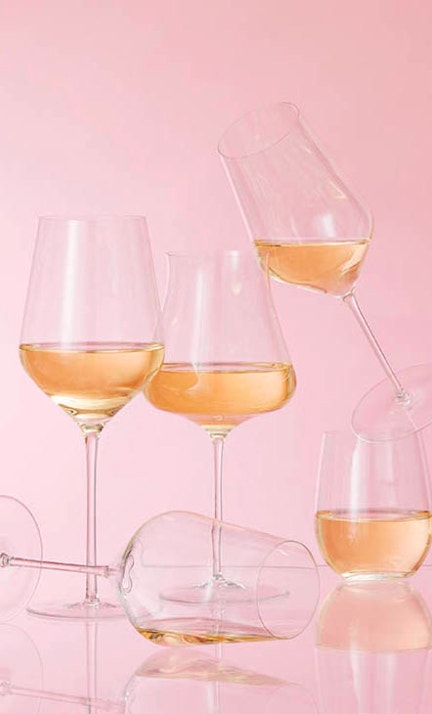
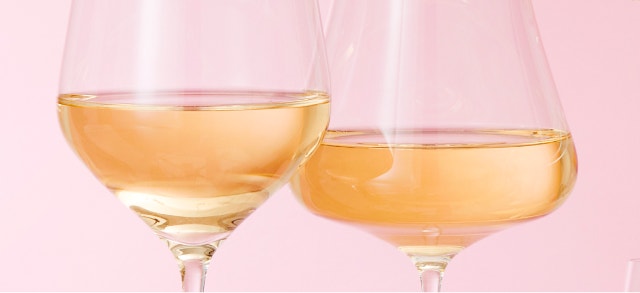














0 comments:
Post a Comment